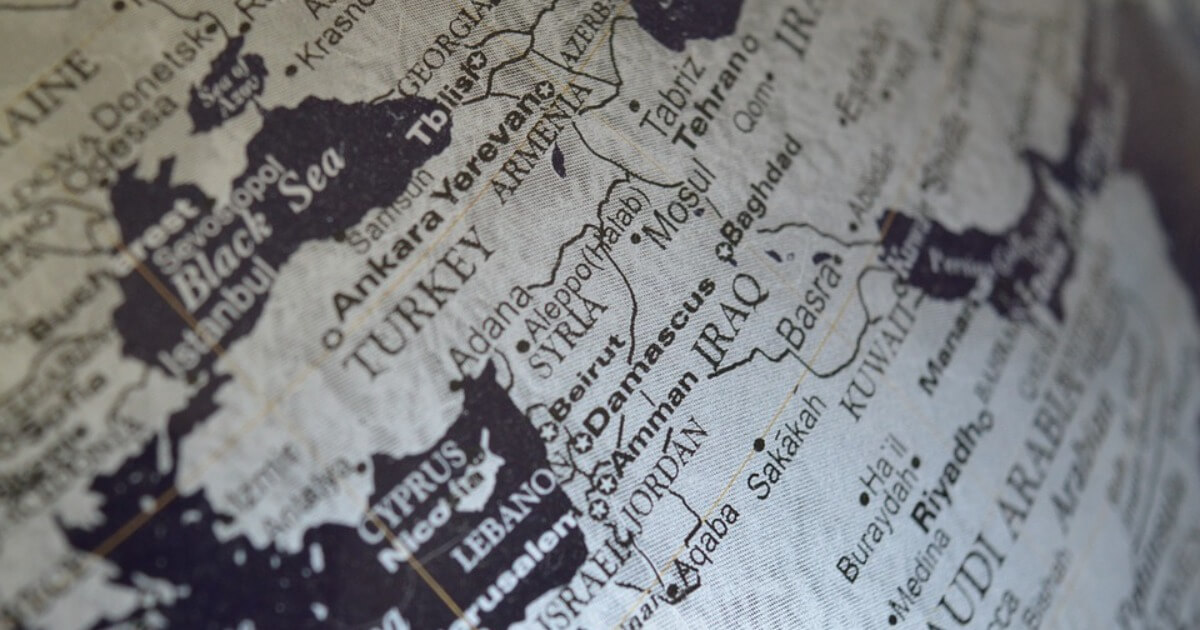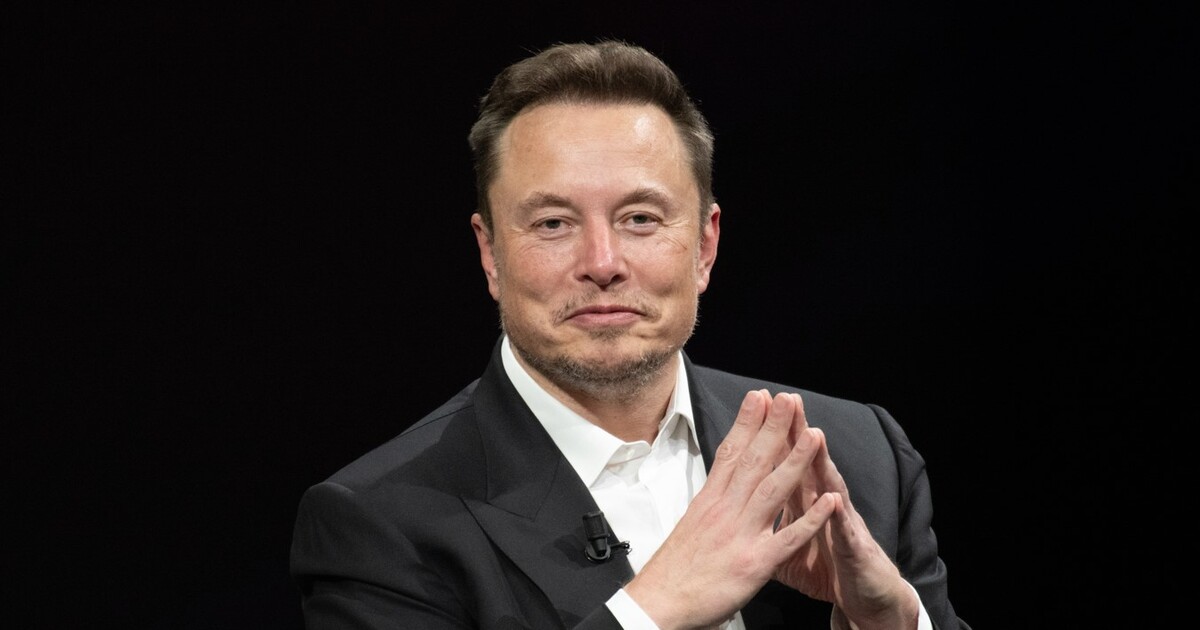Donald Trump (“Abu Ivanka”) and the Gulf States Vs. Iran
How should one view the complex relationship – the push and pull, the reciprocal recrimination, the relentless race for narrative – between the Arab Gulf States, especially Saudi Arabia and Iran?
January 25, 2025

A Strategic Assessment Memo (SAM) from the Global Ideas Center
You may quote from this text, provided you mention the name of the author and reference it as a new Strategic Assessment Memo (SAM) published by the Global Ideas Center in Berlin on The Globalist.
Yes, they call him Abu Ivanka. Father of Ivanka. Ivanka Trump. That’s how commentators and policymakers in the Gulf States refer to the president-elect, Donald Trump.
And while Europeans fret over the days ahead, Gulf States and Israel are quietly celebrating Trump’s return to power.
Why? Because they have learned the art of transacting with a man who stands for no principle, lacks coherence and displays no consistency.
The transactional alliance
“Trump’s victory will support His Highness the Crown Prince’s vision in the region for the benefit of all,” one supporter remarked. “Even global companies, especially American ones, will play an active role in this renaissance.”
They are confident that, despite Trump’s stated aim to disentangle the United States from Middle Eastern conflicts, he won’t hesitate to put pressure on Iran. That is an action that not only bolsters his stance in the region but also appeals to his domestic audiences.
The Saudis are thrilled
This possibility thrills the Saudis. “Terrible news for Tehran,” commented one analyst after the election results. “Expect a renewed maximum pressure campaign, sanctions against Tehran and a higher likelihood of Israeli strikes within Iran against strategic sites, especially given Iran’s now-weakened air defenses.”
What is the right framework to extrapolate this euphoria? How should we view the complex relationship – the push and pull, the reciprocal recrimination, the relentless race for narrative – between the Arab Gulf States, especially Saudi Arabia and Iran?
Is it a rivalry fueled by proxy wars? Is it a rational, calculated power-balancing act, each side moving in step with perceived threats? Or does it hinge on ideology and sectarian divides?
The past four stages
The answer is all of the above. But understanding how it arrived here is most helpful.
That is why all of us must have a precise understanding of the complex relationship between the Arab Gulf States, especially Saudi Arabia and Iran
Stage 1: The Nasser era – 1960s
The Persian Gulf has been a battleground for three major wars since 1980, involving Iran, Iraq, Saudi Arabia and Kuwait. The dynamics among these nations require analysis before and after Iran’s 1979 Khomeini revolution.
Before that turning point, the Arab Gulf States – particularly Saudi Arabia – and Iran viewed Egypt and its leader, Gamal Abdel Nasser, as a shared adversary.
Nasser emerged as a hero of Arab nationalism, gaining admiration across the Arab street. This was a direct challenge to the regional balance of power in Riyadh and Tehran’s eyes.
So, they found common ground, albeit with minor friction over regional alliances like OPEC. But after the Khomeini revolution, Iran began to present a palpable threat to the Gulf States.
It openly appealed to their Shi’a populations within these countries and positioning itself as the champion of Islam’s oppressed – something royal families in the Gulf found threatening.
Therefore, the Nasser revolution shattered the status quo, dealing a blow to Baathist Iraq and the Arab monarchies alike. From then on, relations between Iran and the Gulf States have remained tense, marked by critical shifts and unstable alliances.
Stage 2: The Saddam era – 1980s
In 1980, Iraq, aiming to neutralize the threat posed by Iran’s revolution, invaded its neighbor. Saudi Arabia supported Iraq in this venture and invited U.S. military aid, which tipped the regional power balance in Riyadh’s favor.
Following Khomeini’s death, under Rafsanjani’s presidency, Saudi-Iran relations improved. Both nations sought to restore diplomatic ties. Iraq’s invasion of Kuwait further united them against a common enemy: Saddam Hussein, a disruptor of the status quo. For a brief time in the early 1990s, rapprochement seemed possible.
However, the Soviet withdrawal from Afghanistan shifted priorities. Tensions resurfaced as both Iran and Saudi Arabia vied for influence in Central Asia.
Iraq’s downfall as a regional power following the U.S. invasion shook the Gulf’s power structure more. Now, in a bipolar Middle East, Saudi Arabia and Iran stood as adversaries locked in a high-stakes contest for influence.
Stage 3: The U.S. – 2000s
The U.S.’s role in the Persian Gulf remains a critical element in the Gulf-Iran relationship. With the British withdrawal in the 1970s, the United States stepped in as the new guarantor of regional stability.
Although this dominance was briefly disrupted by the Iranian revolution and Iraq’s invasion of Kuwait, it largely held until the U.S. invasion of Iraq in 2003. At that point, America’s approach in the Middle East shifted from maintaining order to reshaping politics.
Unsurprisingly, this reorientation affected the power alignment in the Gulf. Iran perceives U.S. military support for Saudi Arabia as a direct threat, warranting its defensive posture against U.S.-backed Israel and the Gulf States.
Meanwhile, Iran’s nuclear program represents both a physical and ideological threat for the Gulf States. A classic security dilemma.
Excursion: Saudi Arabia and Iran’s discourse and battle over sectarianism
Since the 1979 revolution, Saudi Arabia and Iran have both aspired to lead the Islamic world. Iran’s Supreme Leader claims the title of “commander of the affairs of the Muslims of the world,” while the Saudi King holds the title of “custodian of the two holy mosques.”
During Ahmadinejad’s presidency, Iran framed itself as the region’s sole defiance of U.S. hegemony, continuing its nuclear ambitions.
This kind of defiance threatens Gulf State regimes, particularly the Saudi monarchy. The Saudi clerical elite has responded with anti-Shi’a rhetoric, aiming to counter Iran’s influence.
Discourse and ideas can be as important as battleships and nukes in creating threats and acquiring power. Sometimes, it is the identity of Iranian and Saudi states and their shared realities that shape their perception of threats.
Thus, the rivalry carries ideological weight and security implications. Since the early 1980s, Iran’s support for Shi’a groups in Bahrain, Iraq, Lebanon, Yemen and Saudi Arabia’s eastern provinces – the so-called axis of resistance – has annoyed the Gulf states the most.
But in many cases, Saudi Arabia has exaggerated Iran’s influence over the Shi’a populations, lacking evidence to substantiate its fears.
Stage 4: The Arab Uprisings – 2010s
The Arab uprisings unsettled the Gulf monarchies, especially Bahrain and Saudi Arabia, which feared Shi’a-led protests. In the Gulf region – from Saudi Arabia’s coast through Kuwait, Bahrain and the UAE – Shi’a populations form a substantial portion of the populace, with significant political sway, as in Bahrain.
The Shi’as in Bahrain took to the streets from 2011 to 2013, protesting the authoritarian rule and mistreatment by the Khalifa family. Saudi Arabia viewed these protests as Iranian meddling and intervened to suppress the dissent.
However, economic disparities and government repression fueled these uprisings, and a 2011 independent commission found no substantial evidence of Iranian interference.
Saudi intervention in Yemen since 2015 follows this pattern, too. The Houthis, adherents of Zaydi Shi’ism, have long faced political and economic marginalization and launched an insurgency against the government.
Saudi Arabia viewed them as Iranian proxies, which they are, but Iran’s involvement has, again, been minor. The Saudi intervention only worsened the instability, while Iran leveraged the Saudi perception of its influence. Problematic and irrational actions. On both sides.
A final word on the Iranian agency regarding the axis of resistance: Iran’s sway over its “axis of resistance” is there but has limits. Its foreign policy, for all its rhetoric, is driven by national interest.
Conclusion: No honorable Iranian would buy that!
With “Abu Ivanka” back in office, this power balance may tip even further in Saudi Arabia’s favor, pushing Iran into a defensive stance. This could lead to any number of developments. We’ll have to wait and see.
In the meantime, the best approach for U.S. and European policymakers is to stop calling on the Iranian people to “wish” for American or Israeli-engineered “liberation.”
Such an approach is to grossly underestimate Iranian intellect and deep-rooted national pride. They may detest everything the Iranian regime stands for, but they would never welcome a foreign intervention to topple it.
Takeaways
How should one view the complex relationship – the push and pull, the reciprocal recrimination, the relentless race for narrative – between the Arab Gulf States, especially Saudi Arabia and Iran?
While Europeans fret over the days ahead, Gulf States and Israel are quietly celebrating Trump’s return to power. Why? Because they've learned the art of transacting with a man who stands for no principle, lacks coherence and displays no consistency.
Despite Trump’s stated aim to disentangle the United States from Middle Eastern conflicts, he won’t hesitate to put pressure on Iran. Doing so not only bolsters his stance in the region but also appeals to his domestic audiences.
How did the enmity between Gulf States and Iran come about? Is it a rivalry fueled by proxy wars? Is it a rational, calculated power-balancing act, each side moving in step with perceived threats? Or does it hinge on ideology and sectarian divides?
The United States' role in the Persian Gulf remains a critical element in the Gulf-Iran relationship. With the British withdrawal in the 1970s, the United States stepped in as the new guarantor of regional stability.
U.S. and European policymakers must stop calling on the Iranian people to “wish” for American or Israeli-engineered “liberation.” Such an approach is to grossly underestimate Iranian intellect and deep-rooted national pride.
A Strategic Assessment Memo (SAM) from the Global Ideas Center
You may quote from this text, provided you mention the name of the author and reference it as a new Strategic Assessment Memo (SAM) published by the Global Ideas Center in Berlin on The Globalist.


